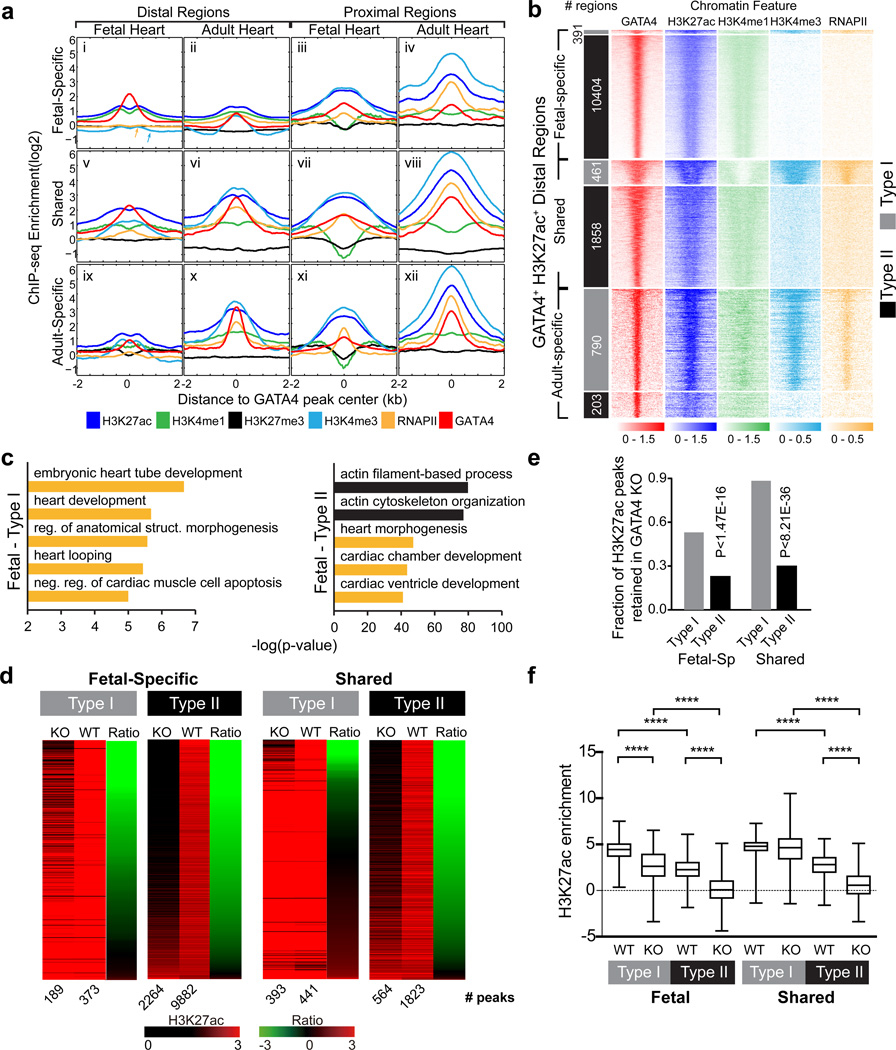Figure 5. The chromatin landscape of GATA4 regions influences their reliance on GATA4 for H3K27ac accumulation.
(a) The chromatin landscape at GATA4 proximal and distal regions in the fetal and adult heart. Aggregate curves of ChIP-seq enrichment are plotted centered on GATA4. Arrows in panel i point out the lack of enrichment of H3K4me3 and RNAPII, which are found at other enhancers. (b) ChIP-seq tag heatmaps are shown for the chromatin landscape feature indicated. The regions are distal Fetal-Specific or Adult-Specific GATA4 regions. The regions were groups into those with (type I) and without (type II) H3K4me3 and RNAP2 enrichment. Each region is 2 kb around the peak center. (c) GO term analysis of genes associated with distal GATA4 regions co-occupied by type I or type II chromatin signatures in fetal heart. Orange bars highlight GO terms related to heart. (d) Change in H3K27ac enrichment of type I vs type II regions with GATA4 loss of function. H3K27ac enrichment in Gata4fl/fl::cTNT-Cre or Gata4fl/fl control E12.5 heart at distal GATA4 regions is displayed as heat maps. The regions are ordered by the KO/WT H3K27ac ratio. The number of peaks in each condition is indicated below the heat maps. (e) Plot of the fraction of H3K27ac peaks retained in GATA4 knockout. H3K27ac at type II peaks was more sensitive to GATA4 loss-of-function. (f) Box plot comparing H3K27ac enrichment in GATA4 knockout or control at distal GATA4 regions with different chromatin environments. d,g Mann-Whitney test. f, Fisher exact test. . ***, P<0.001; ****, P<0.0001.

